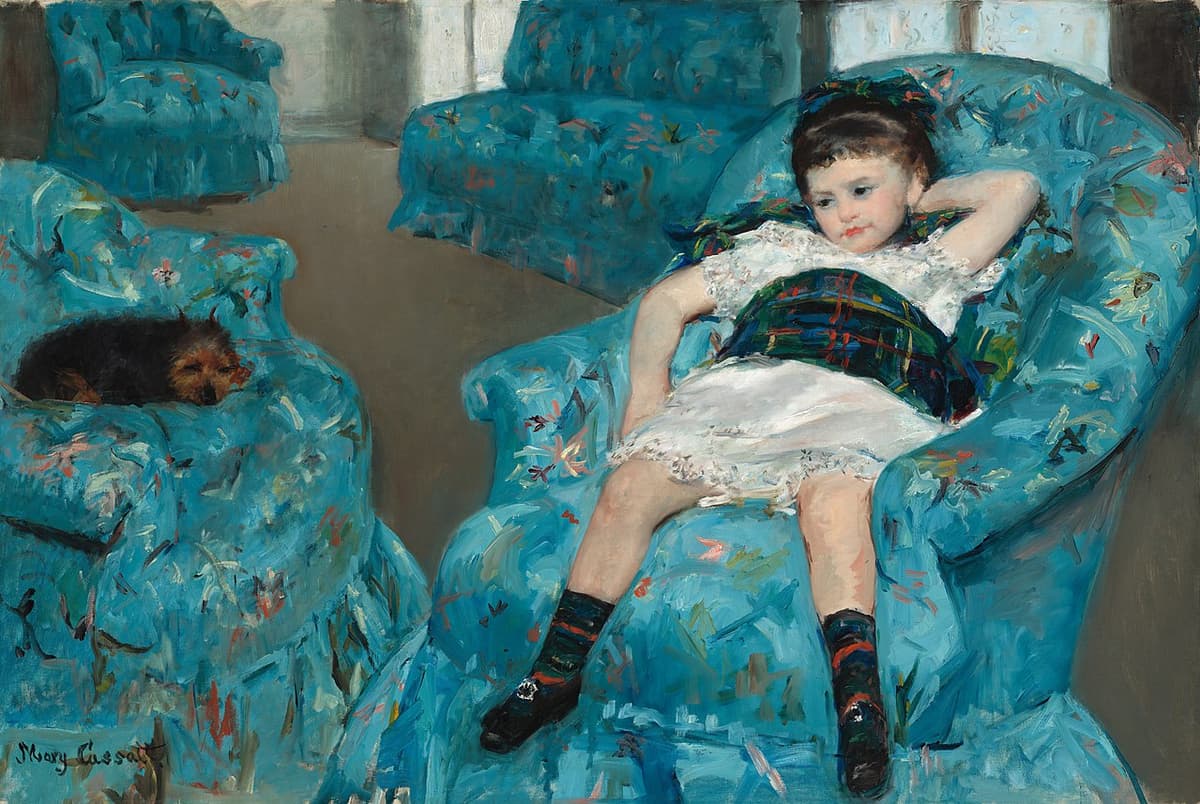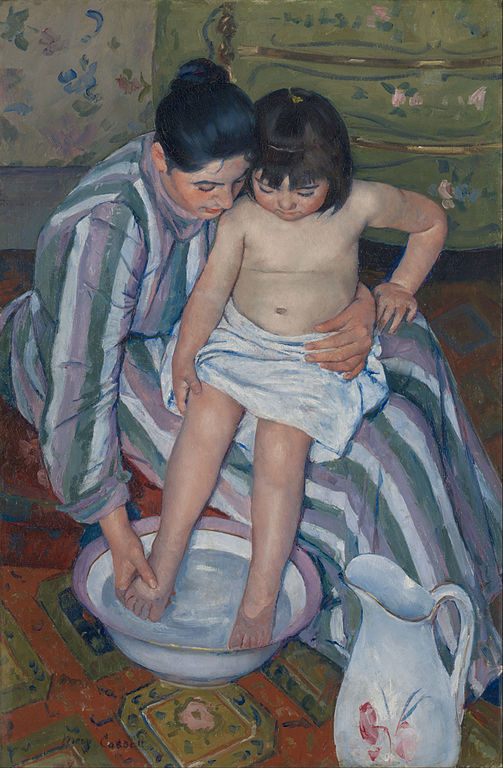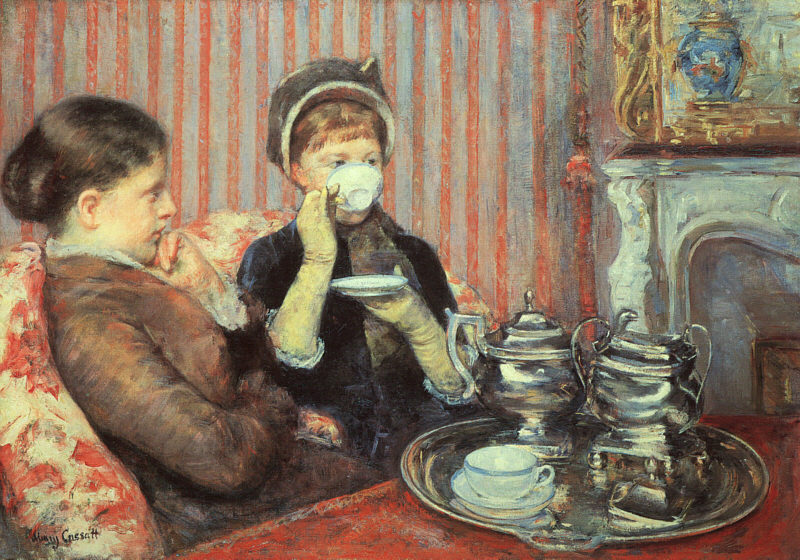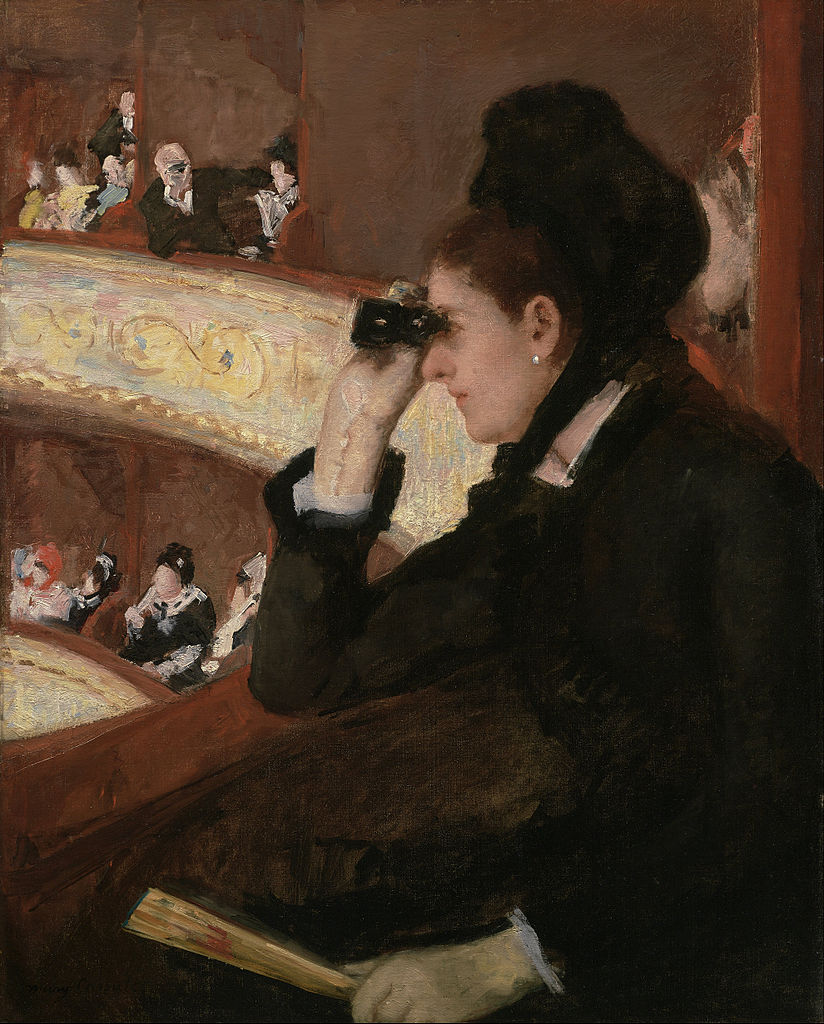Mary Cassatt, Once Seen as Peripheral, Looks Increasingly Like a Central Figure in the Impressionist Movement
Cassatt may be rightly celebrated as the genius of female domesticity, but, as an upcoming show at the Philadelphia Museum of Art underscores, her entire career was a feminist endeavor.

Mary Cassatt has been mostly remembered as the master of domestic scenes between mothers and children, an American painter loosely affiliated with the French Impressionists. Closer scrutiny to her story, however, is making it clear that she was much more than a peripheral figure.
Historical research has shed new light on her life as a woman painter, notwithstanding her groundbreaking work in printmaking. It has led many critics to reconsider her not merely as a satellite, but rather as a central member of this exclusive 19th-century clique. An American expatriate living alone and unmarried at 19th-century Paris, some historians also argue that beyond this, Cassatt is her own emancipatory figure in the history of art.
Born in 1844 to an upper-class Pittsburgh family, Cassatt spent extensive time in Europe as a child, as her parents viewed travel as an integral part of education. Her promise in drawing led her to enroll in the Philadelphia’s Academy of Fine Arts at the age of 16.

She found the atmosphere stuffy and patronizing however, and opted to return to Paris at the age of 22, over her father’s objections. She was then accepted as a private student of a realist master, Jean-Leon Gerome, who would also count Eakins among his students around the same time. Cassatt then worked steadily in relative obscurity, finally achieving success when one of her early paintings was favorably received at the Paris Salon of 1872.
Cassatt’s career would truly take a boost, however, when she received a studio visit from none other than Edgar Degas. The French master had reacted favorably to one of Cassatt’s salon paintings, declaring: “There is someone who feels as I do.” The 43-year-old then paid visit to the 33-year-old Parisian transplant, and an intense mentorship and friendship followed.
The two would remain close friends until their respective deaths, and Cassatt would prove instrumental in introducing Degas to many prominent American Collectors. As the scion of a well-to-do family and a master in her own right, it is safe to say that Cassatt was America’s greatest ambassador for new French painting in the 19th century.
It was a moment whose time had come. Naturalism and social realism, championed by writer Emile Zola — the childhood friend of Paul Cezanne — was all the rage for leading painters at Paris. It had captured the imagination of Edouard Manet, friend and painterly rival of Degas.

A revolt against the overly polished, some would say inert mythological and historical paintings of the French Academy was underway. These new artists were obsessed with fleeting qualities of light, color, and shadow, and they preferred to portray the simple everyday moments of contemporary people. The “Impressionists” had been born, and Cassatt was the only American woman painter to be considered as their peer.
Part of the reason, no doubt, is Cassatt’s unerring gift for capturing a moment in all of its simple splendor. No one had a keener eye for the subtle details of the commonplace than she did, elevating the most quotidian scenes into timeless works of art. When it comes to the portrayal of domesticity, she still has no equal. Witness her painting “Little Girl in a Blue Armchair,” arguably one of her best paintings, where a young girl splayed out in all her brooding, innocent glory — it is also a painting where Degas was rumored to have added his own brush to the background.
There is also “Maternal Cares,” which captures a child’s absorption in the pure act of touching. These are moments of great mystery, but she conveys them with an honesty and directness that the Italian renaissance master’s only dreamt of. Children, especially in classical portraiture, were very often stiffly portrayed as pomaded and miniaturized adults. Cassatt would change this forever.
Cassatt also engaged in portraying women in settings away from children. A few works could even be read as political for the time. Her famous painting “Woman with a Sunflower” has a pointed political message: the sunflower was the symbol of the woman’s right to vote. The painting was later displayed in an American exhibit in 1915 whose funds were raised specifically for the suffragette cause.
Cassatt’s soft ground etchings and drypoints also shift the subject matter away from women with their children to other settings. Often employing ground-breaking techniques and unconventional staging, her prints conveyed women in more solitary activities, such as reading, knitting, playing instruments, or having a private moment staring out a window.

As with all her work, many of them show her unerring and pointed psychological acuity. These include her series of women out and about enjoying the social life of Paris at the opera and ballet, a subject she shared with her friend Degas. Degas preferred painting the happenings at rehearsals and backstage, while Cassatt reveled in the theater box.
Though entirely unremarkable now, these prints portraying the free movement of women beyond the confines of the home — and without the accompaniment of men — was considered risqué if not scandalous for the time. Cassatt may be rightly celebrated as the genius of female domesticity and motherhood, but her entire career, including her deeply unconventional story arc as an unmarried woman painter at Paris, meant her entire life was a feminist endeavor.
When she first arrived at Paris, Cassatt’s presence at cafes where male French artists caroused was strictly forbidden, and she had to make do with chaperoned social gatherings at the Museums.
A much-anticipated show devoted to Cassatt opens at the Philadelphia Museum of Art on May 18th. Featuring 130 works that speak to her legacy as one of the central figures of Impressionism, it will also address her innovative use of materials and her great prowess in printmaking, an often-neglected aspect of her work.
Though Cassatt is extremely well known for her portrayal of mothers and children, including her light suffused domestic scenes, this show also intends to focus on Cassatt’s interest in the everyday activities of women during a pivotal period of their social and political emancipation.
This show thus promises to highlight the lesser-known side of Cassatt, the fiercely independent and deeply serious artist who managed to not only to breach the closed gates of the male dominated European art world, but also made her place in the inner circle of Paris’ most exclusive group of 19th century avant-garde painters.

